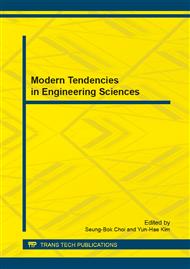p.456
p.460
p.466
p.473
p.477
p.481
p.487
p.491
p.495
Eco Thai Hand-Woven Cotton Fabric for Unisex Apparel Design
Abstract:
Thai hand-woven cotton fabric has the added value of allowing more air penetration and is therefore cooler, softer and absorbent therefore the objective of this research is to develop Unisex Apparel Design from hand-woven cotton with freedom of Seventiess inspiration, which is designed a collection for both males and females. This design fulfills the consumer lifestyle since the consumers have to be aware of the cost of living in economic fluctuation. In other words, they still maintain the urban lifestyle combined with the Thai tradition. Thai hand-woven cotton known as one of Thai handicraft identities is selected to provoke the Thai hand-woven awareness in young Thai generation for its value and beauty and to increase the demand of Thai hand-woven material. Following the fashion trend of year 2013-2014 Spring/Summer, the research is to create a special collection of 4 items The research is measured in percentage using questionnaires to 100 sample target groups. The result has shown that the third item, Drift pants is of the highest satisfactory which is about 81%. The result finds that about 86% of the sample target groups are most satisfied with the unisex apparel designs.
Info:
Periodical:
Pages:
477-480
Citation:
Online since:
February 2014
Authors:
Keywords:
Price:
Сopyright:
© 2014 Trans Tech Publications Ltd. All Rights Reserved
Share:
Citation:


